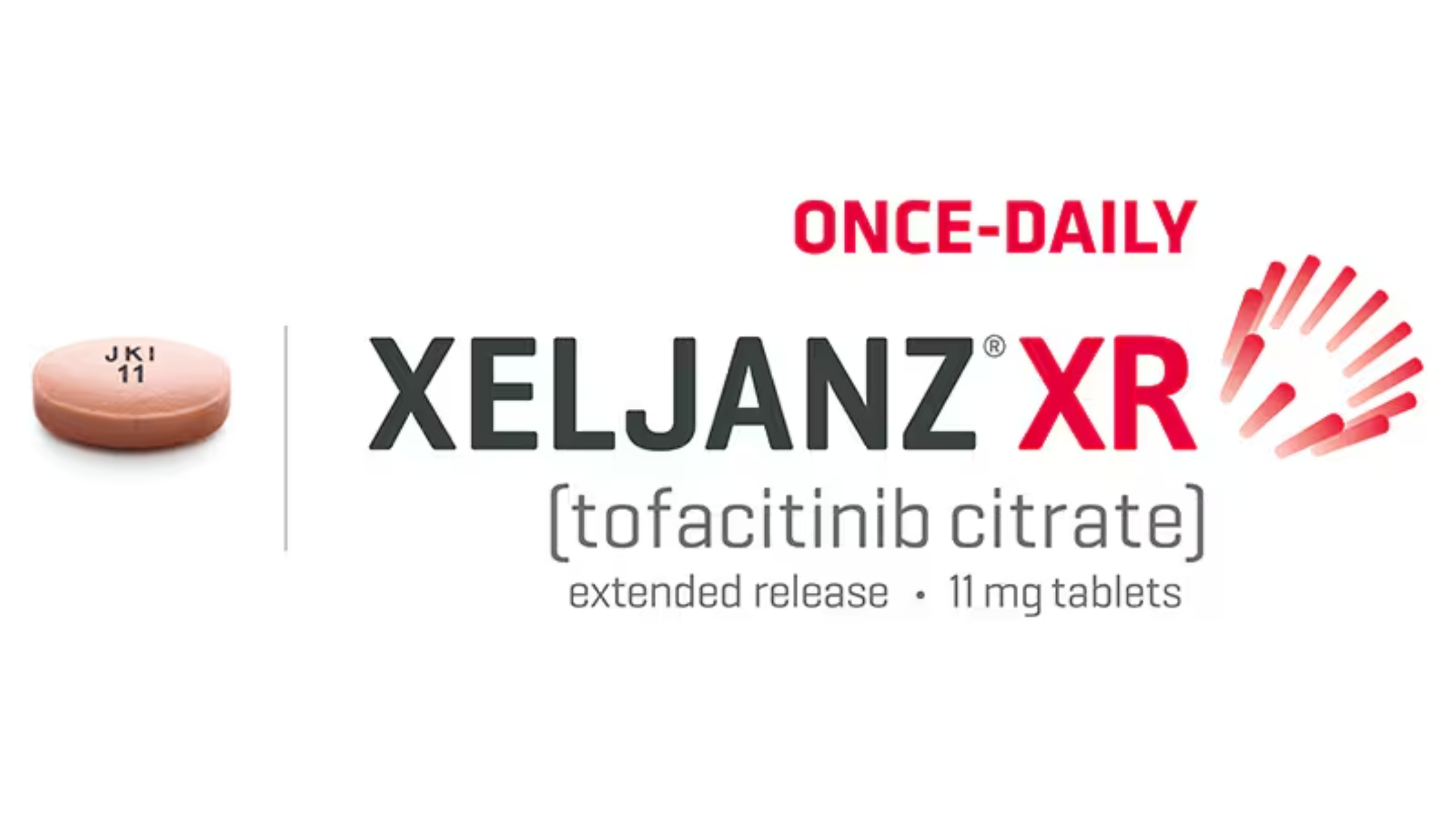Are you looking for a clear Entresto dosing chart? This expert guide covers Entresto doses, adjustments, and timing for heart failure management. Correct dosing is critical in maximizing Entresto’s life-saving benefits while minimizing potential risks such as hypotension, renal dysfunction, or hyperkalemia. Whether you’re a patient, caregiver, or medical professional, having a clear Entresto dosing chart on hand ensures the drug is administered safely and effectively.
Entresto Dosing Chart Overview
| Patient Status | Starting Dose | Target Maintenance Dose | Frequency |
|---|---|---|---|
| Not currently on ACE inhibitor/ARB or low dose | 24/26 mg (sacubitril/valsartan) | 97/103 mg | Twice daily (BID) |
| Previously on moderate/high ACE inhibitor/ARB | 49/51 mg | 97/103 mg | Twice daily (BID) |
| Severe renal impairment (eGFR < 30 mL/min/1.73m²) | 24/26 mg | 97/103 mg (cautiously titrate) | Twice daily (BID) |
| Moderate hepatic impairment (Child-Pugh B) | 24/26 mg | 97/103 mg (carefully titrate) | Twice daily (BID) |
Important: Patients switching from an ACE inhibitor must observe a 36-hour washout period before starting Entresto to reduce the risk of angioedema.
Detailed Entresto Dose Adjustments
Entresto dosing isn’t one-size-fits-all. Here’s how adjustments are made:
- Initiate at 24/26 mg or 49/51 mg BID based on prior use of ACE inhibitors or ARBs and patient tolerability.
- Increase dose every 2 to 4 weeks to reach the target dose of 97/103 mg BID, as tolerated.
- If adverse effects such as hypotension, hyperkalemia, or worsening renal function occur:
- Reduce the dose to the previous level.
- Consider temporary discontinuation if necessary.
Who Should Start on a Lower Entresto Dose?
- ACEI/ARB naïve patients
- Patients previously on low-dose ACEI/ARB
- Severe renal impairment
- Moderate hepatic impairment
- Hypotensive patients (SBP < 100 mmHg)
Starting Dose: 24/26 mg BID
Entresto Titration Example
| Week | Dose (mg BID) |
|---|---|
| Week 1–2 | 24/26 |
| Week 3–4 | 49/51 |
| Week 5+ | 97/103 (target) |
Clinical Tip: Monitor blood pressure, serum potassium, and renal function within 1–2 weeks after initiating or titrating the dose.
Entresto Dosing in Special Populations
| Condition | Adjustment/Consideration |
|---|---|
| Renal impairment (eGFR < 30) | Start low, titrate cautiously |
| Hepatic impairment (Child-Pugh B) | Start at 24/26 mg BID |
| Severe hepatic impairment (Child-Pugh C) | Not recommended |
| Geriatric patients | Standard dosing, monitor closely |
Entresto Washout Period: A Vital Step
If transitioning from an ACE inhibitor, a 36-hour washout is mandatory before starting Entresto. This precaution minimizes the risk of angioedema, a serious, potentially life-threatening complication.
Example:
A patient on enalapril must stop it for 36 hours before taking the first dose of Entresto.
Frequently Asked Questions (FAQs)
What is the usual starting dose of Entresto?
- Typically 49/51 mg BID for patients already on moderate/high-dose ACEI/ARB.
- 24/26 mg BID for ACEI/ARB naïve or those with renal or hepatic issues.
How long should Entresto titration take?
Titration is recommended every 2–4 weeks based on patient tolerability and clinical response.
When is Entresto contraindicated?
- History of angioedema with ACEI/ARB
- Pregnancy
- Concomitant use with ACE inhibitors
- Severe hepatic impairment
Can Entresto be taken with food?
Yes — Entresto can be taken with or without food.
How does Entresto dosing compare to ARBs alone?
Entresto is more potent than ARBs alone for heart failure due to its dual action (neprilysin inhibition + angiotensin receptor blockade), which requires cautious titration.
Why a Clear Entresto Dosing Chart Matters
Having a standardized Entresto dosing chart:
✅ Prevents medication errors
✅ Minimizes adverse events like hypotension or hyperkalemia
✅ Simplifies titration for busy clinics
✅ Guides safe initiation in special populations
Final Thoughts: Optimize Heart Failure Care with Precise Entresto Dosing
Entresto remains a breakthrough therapy for heart failure patients, but its complex dosing demands careful initiation, titration, and monitoring. This Entresto dosing chart is your essential clinical companion, ensuring every patient gets the maximum therapeutic benefit while avoiding preventable side effects.
Always consult with a cardiologist or specialist heart failure team when adjusting doses or managing high-risk cases.



